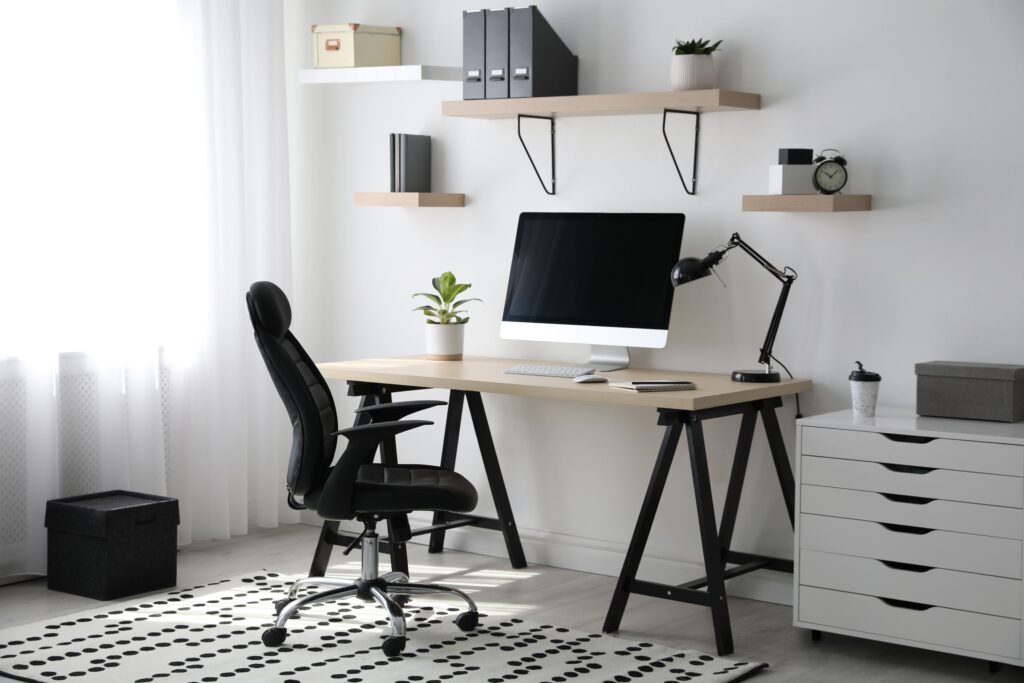
The Ultimate Recovery Stack: What to Combine with CELLIANT
August 01, 2025 – CELLIANT infrared technology is a powerful passive recovery tool, but how can you maximize its benefits? This is where the idea of a “recovery stack” comes in…

This winter, experts are bracing for a double whammy of pandemic-related mental health struggles.
According to studies, depression symptoms are about three times more prevalent than they were before the pandemic, and mental health experts fear that pandemic depression will be amplfied by seasonal depression. With colder weather driving people indoors, even those who don’t normally live with seasonal affective disorder are struggling with their mental health. This is partly due to financial stressors, but it’s exacerbated by shorter days, social isolation, and the monotony of remote-work life.


August 01, 2025 – CELLIANT infrared technology is a powerful passive recovery tool, but how can you maximize its benefits? This is where the idea of a “recovery stack” comes in…

July 10, 2025 – In a growing world of performance and wellness textiles, CELLIANT stands out as a clinically tested tech that transforms body heat into infrared energy. But how do you know if CELLIANT is right for you?…

June 16, 2025 – This past May, the Fairmont Austin buzzed with biohackers, tech exhibitors, keynote speakers and wellness enthusiasts. Team CELLIANT was on-site to see the latest showcase of future-forward wellness innovation…
To access all of our reports please input your email below.
Contact us at marketing@celliant.com
Thank you for your request. Please download the brochure below.
Sign up for the latest Celliant news and innovations.
REQUEST INFORMATION